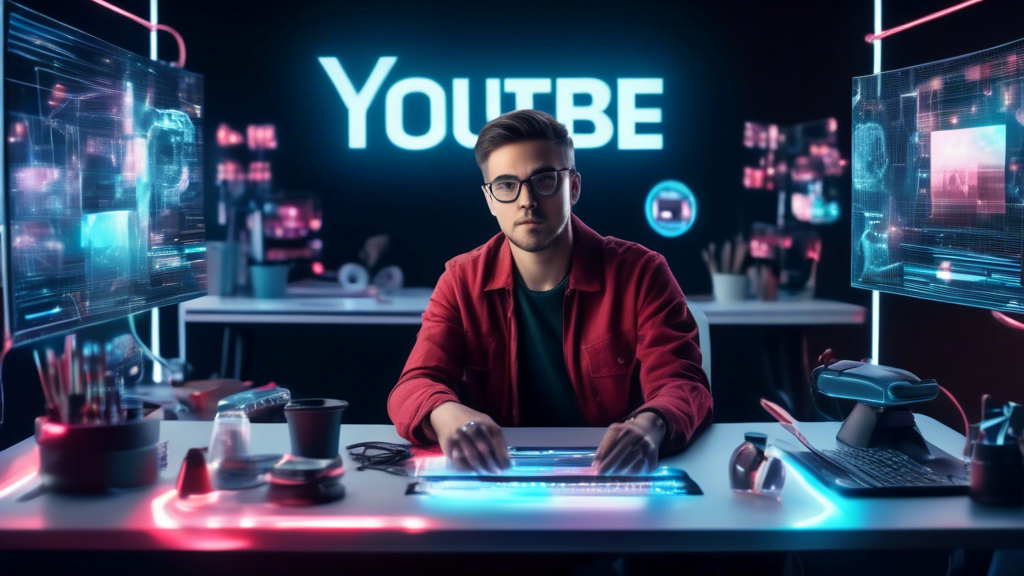YouTube is set to roll out a new generative AI video tool
YouTube is set to roll out a new generative AI video tool called Veo later this year. Veo will allow creators to generate 6-second video clips using just a text prompt. This innovation aims to simplify the creation process for YouTube Shorts, enabling users to produce engaging content more efficiently.
Collaboration and Technology
Veo is an update to last year’s Dream Screen and was developed in collaboration with Google DeepMind. It uses advanced AI to generate videos and images that can be seamlessly integrated into YouTube Shorts. This collaboration brings together YouTube’s platform with Google’s cutting-edge AI research, promising a powerful tool for content creators.
Demonstration and Examples
At the Made on YouTube event, creators showcased the capabilities of Veo. For example, Adrian Bliss created a video where he green-screened himself onto a brick road and castle using AI. Musician d4vd demonstrated another application by creating a music video inspired by Disney’s Up with a stop-motion aesthetic. These examples illustrate the versatile possibilities that Veo offers to creators.
Marking AI-Generated Content
To maintain transparency, AI-generated videos will be marked with SynthID. This feature will inform viewers that the content was created using AI, ensuring that audiences are aware of the technology behind the videos they watch.
Impact of AI on Content Creation
The rapid rise of AI-generated content across social media platforms like TikTok and Instagram has sparked discussions about the quality and authenticity of such content. There are concerns that the proliferation of AI tools could lead to a zombie internet filled with low-effort AI content. However, YouTube’s integration of advanced AI aims to enhance creativity rather than replace it.
A Parent’s Guide to Setting Up Controls on Popular Apps Like Facebook, Snapchat, and TikTok
Training AI Models
Google’s extensive library of YouTube videos provides a significant advantage in training AI models. This vast repository of content allows for the development of more accurate and versatile AI tools. However, there have been reports of other companies, such as OpenAI, using YouTube videos without permission for similar purposes, raising questions about data use and intellectual property.
Rights Ownership and Monetization
During the event, questions about the ownership rights of AI-generated content were raised. YouTube CEO Neal Mohan indicated that monetization policies for creators would remain unchanged, but did not clarify who owns the rights to AI-generated content. Mohan also mentioned that implementing an opt-out feature for content used to train AI would be challenging and could slow content creation.
Additional AI Tools
Alongside Veo, YouTube announced additional AI-related tools designed to enhance the user experience. These include a music generation tool to help avoid copyright strikes, an Inspiration Tab in YouTube Studio to aid in brainstorming, AI autodubbing that maintains a person’s inflections and intonations, and updates to the TV experience. These tools collectively aim to make content creation more accessible and efficient for all users.
Overall, YouTube’s efforts to leverage AI for enhancing content creation, particularly for its short-form video format, represent a significant step forward in the digital content landscape. While challenges and concerns remain, the potential for innovation and creativity offered by these new AI tools is substantial.
